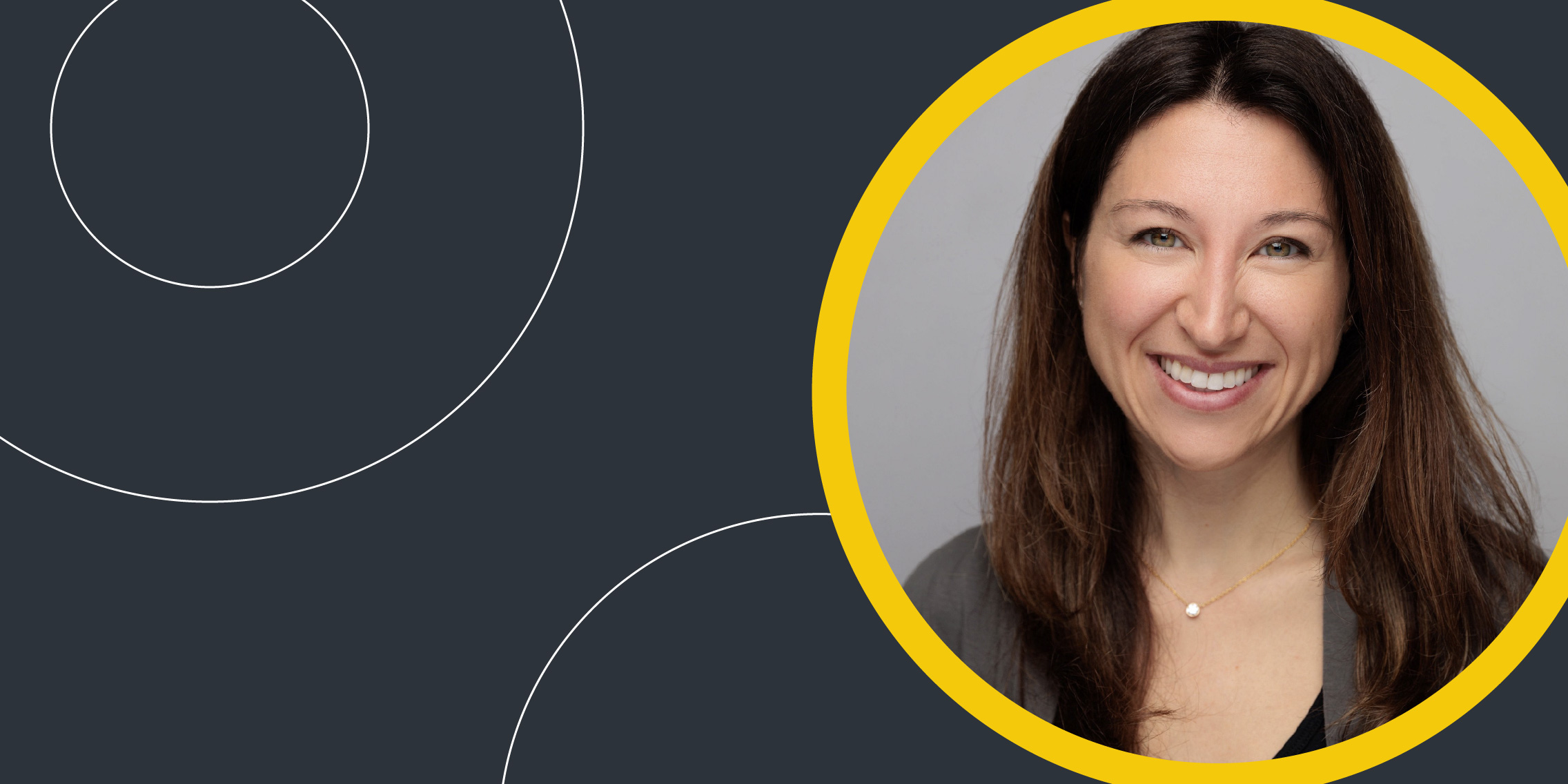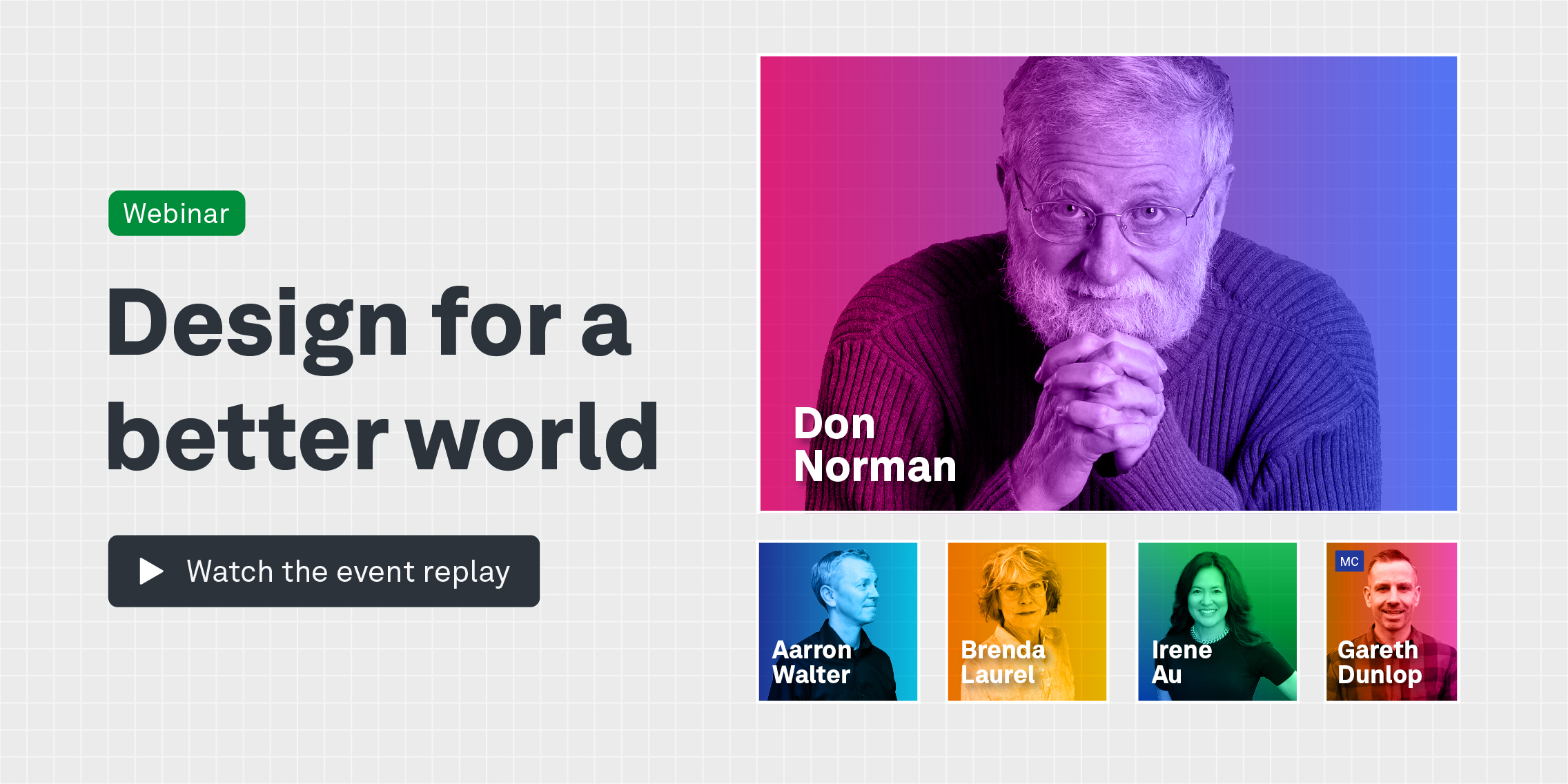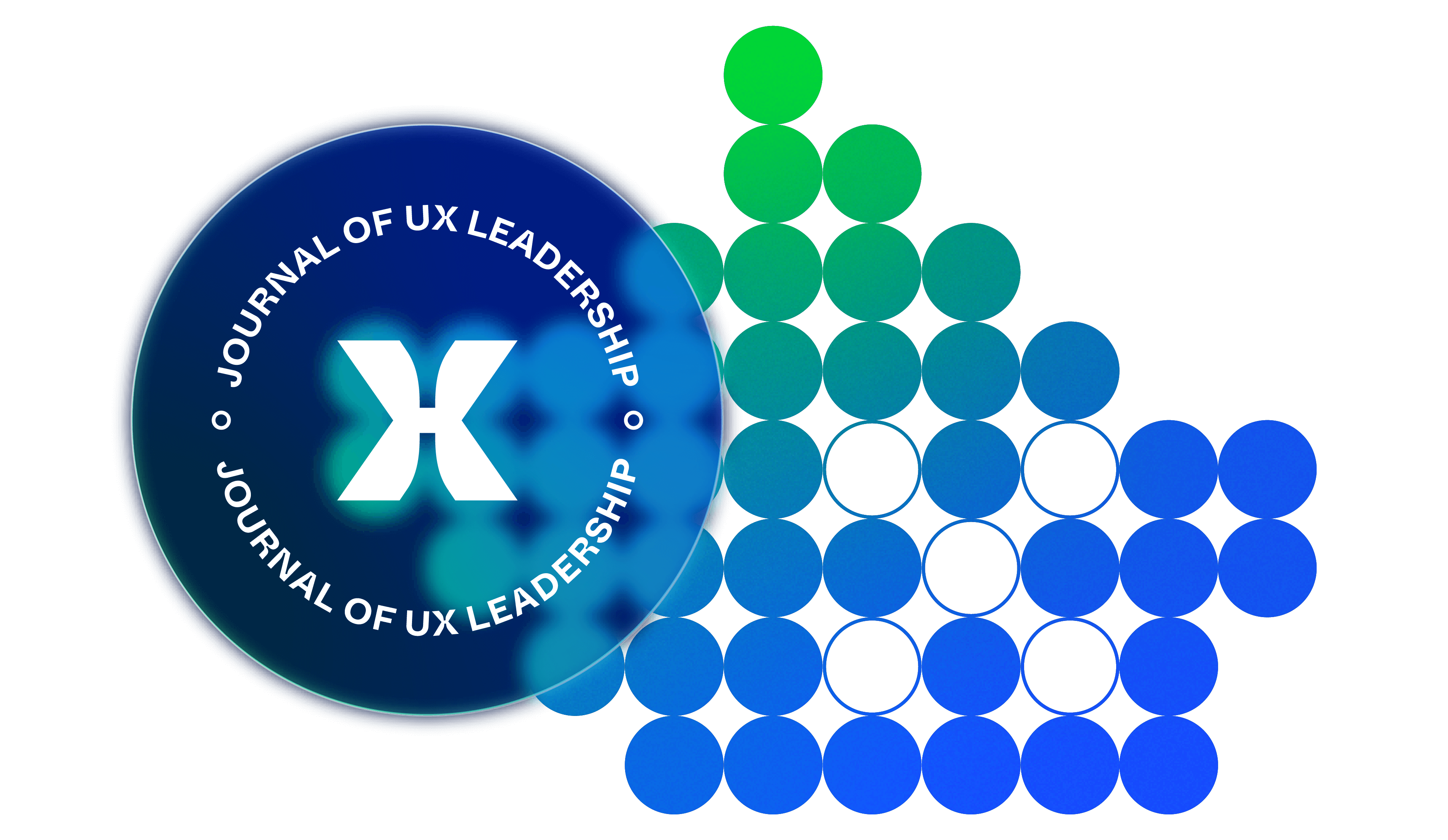What’s it really like to be the Senior Director of UX for one of the most successful software products in the world? What does it mean to ‘design with words first’, and how can UX leaders be proactive in addressing the industry’s diversity gap? Lara Tacito, Sr. Director of UX at HubSpot, shares her invaluable insights in this exclusive interview with Gareth Dunlop.
Lara Tacito’s career highlights:
- Senior Director of UX at HubSpot, May 2023 – present
- Director of UX at HubSpot, March 2021 – May 2023
- Design Architect at HubSpot, September 2019 – March 2021
- Senior Manager, Product Design at HubSpot, June 2017 – September 2019
- Product Design Lead at HubSpot, December 2016 – June 2017
- Senior Product Designer at HubSpot, October 2015 – December 2016
- Senior UX Designer & IA at L.L. Bean, June 2014 – October 2015
- IA and then Sr. IA at Fidelity Investments, March 2012 – May 2014
Interview themes at a glance:
- From Information Architecture to Content Design: The Makings of a UX Leader
- UX at HubSpot: What It Means To Design With Words First
- The Design System Challenge: Balancing Consistency and Dynamism
- To Add or To Optimise? Why Product Vision Is Everything
- Life at HubSpot: Championing UX in an Already Customer-Centric Culture
- Towards More Diversity: The Role of Intentional Hiring Practices
From information architecture to content design: the makings of a UX leader
Throughout her career, Lara Tacito has been deeply invested in information architecture—helping users understand their sense of place within a product or platform.
This stems from her first UX design job at an agency, where she dabbled in both visual design and interaction design. Lara found that she was more drawn to the wireframes and sitemaps of interaction design than the pursuit of pixel perfection, and that passion has driven her work ever since.
Through information architecture, Lara learned the importance of speaking the user’s language; considering how people categorise and refer to things, and testing with customers to find out what labels and terminology actually make sense to them.
To this day, Lara is committed to ensuring that content design and visual design work in tandem—an approach that has seen her career, and the products she works on, go from strength to strength.
UX at HubSpot: what it means to design with words first
Visit Lara’s website and, among many other pearls of wisdom, you’ll find this striking statement:
“Everything is designed. Some things are designed with intention. Few things are designed well. And not enough things are designed with words first.”
This sums up Lara’s MO when it comes to information and system architecture. She explains how words, and content design in general, provide the most solid starting point from which to approach the actual design.
There’s something really valuable in understanding: what are we doing here? What are the outcomes that we want? What are the different structures that we’re thinking about? It helps move the design forward and provides a compass. A lot of designers are visual thinkers, and I believe they can do their best work in the context of words. If you can articulate what you’re trying to design and accomplish, that can give you a head start when it comes to creating the structure.
So how does Lara keep content design and visual design working in harmony at HubSpot? She champions the use of object-oriented UX (OOUX)—an approach she kick-started at HubSpot with the help of Sophia Prater, Certified Object-Oriented UX Strategist.
OOUX, she explains, views core content as objects which are conceived and designed before getting into technical or procedural actions. It involves identifying the key objects within a content system, thinking about how different objects work together, and what actions can be taken on or with the object. This is then connected to user-centred design by shifting to the user’s perspective, considering what customers think about a particular object and what they expect it to be able to do.
It’s a technique that’s been used for decades in programming and is now being implemented in interface and content design. I find it very useful because it’s driven by information architecture, detailing the names, definitions, and invisible structures inherent in the content.
So, in the case of HubSpot, which is first and foremost a CRM database, all of the components within it—contacts, companies, deals, tickets, and so on—are viewed as objects. This helps to manage complexity and build out relationship models that create common understanding and consistency among HubSpot’s users.
The design system challenge: balancing consistency and dynamism
On the topic of consistency—this is a challenge that crops up time and time again when talking to enterprise product design leaders. And, having recently taken on responsibility for the design systems team at HubSpot, it’s a challenge that’s fresh on Lara’s mind.
She outlines several approaches that help to maintain consistency while keeping the design system dynamic and flexible enough to evolve:
- Not separating the design system from the process; instead, working in small, autonomous teams that are empowered to solve customer problems without being bogged down.
- Helping designers own the consistency of their contribution to the product; using the same components and documentation but avoiding consistency for consistency’s sake. Principles serve as a foundation from which designers can veer off, with a focus on solving problems for the customer.
- Incorporating components into the design system that keep it alive and dynamic, such as the governance system, the contribution model, and the compliance model. Each element is owned by a small team who manages its evolution.
Lara notes how keeping the design system ‘alive’ enables it to improve over time, citing the evolution of HubSpot’s visual language as one example:
Around seven years ago, we developed a visual language which included a playful colour palette that tested really well with customer and sentiment analyses. Fast forward to today and we’re finding accessibility issues with colour contrast and breadth of colours to support all relevant contexts and scenarios. It’s a nice example where the decisions made at the time were right based on what the team knew, but as the product has evolved, it’s clear we now need to revisit colour to improve accessibility.
To add or to optimise? Why product vision is everything
Since launching in 2006, the HubSpot product range has grown considerably. With any high-growth software product, there’s a tricky balance to tread between staying relevant and adding new features just for the sake of it. It’s a question that many design leaders face on a regular basis: to add or to optimise?
Lara emphasises the importance of staying focused on why people buy the product(s) in the first place. She also notes that it typically depends on the maturity of the product. If the product is less established and competing with more mature competitors, adding new value (often in the form of new features) may be necessary in order to compete.
With a more mature product, however, it’s not necessarily about adding new value or features, but rather, optimising the product’s existing value and the user’s knowledge of, and access to, that value.
Balancing act aside, what really matters is focusing on the product vision. In Lara’s own words:
I work hard to help my team understand how new features contribute (or not) to the vision for the experience. Does a new feature take the product where we want it to go? How do we want customers to use this product? What’s our promise to our customers? These are really important framing questions. If we can get clear on those, we can stay aligned with the product vision and user needs.
Life at HubSpot: championing UX in an already customer-centric culture
Hearing Lara speak about her work at HubSpot, it’s evident that the company culture is built on a strong foundation of collaboration and customer-centricity. In fact, Lara describes it as the most customer-centric culture she’s ever worked in.
Still, she doesn’t overlook the importance of championing UX within the organisation. In a company with high UX maturity, design leaders must still connect the impact of their teams’ work to tangible business value. Here’s how Lara does so:
It doesn’t have to be my job to champion UX all the time, but I do want to make sure people can see its value by communicating its qualitative and quantitative impact. For instance, on a sales call, a customer might say they bought our product over a competitor product because ours was easier to use. We also keep a close eye on NPS, even though we’re aware it’s a lagging indicator, with some of the challenges that brings. We’ve used other scores too, including CSAT, usability benchmarking, and other product-related metrics.
Towards more diversity in the design community: the role of intentional hiring & action over lip-service
The diversity gap in the design industry is undeniable, and UX leaders must play an active role in closing it. Lara emphasises the importance of being action-led; not merely paying lip-service to diversity, but actually treating it as an organisational design problem—exploring why there’s a lack of diversity in the first place and experimenting with different solutions.
Here’s how that currently looks at HubSpot:
- Intentional hiring practices led by a strong recruiting team. For example, job descriptions are now written to be more approachable and accessible, including a blurb which encourages people to apply even if they think they might not be qualified for the role.
- A focus on employer branding led by the marketing team, ensuring that the very best candidates see themselves represented in HubSpot’s marketing communications.
- Transparency and accountability through the yearly publication of a Diversity, Inclusion, & Belonging report. Lara reflects on the vulnerability of publishing that first report seven years ago and how seeing the company’s lack of diversity on paper spurred the company into action.
Lara’s journey highlights the importance of embracing your true passion. In her first UX role, she realised that her interest lay in interaction design—and she’s run with that ever since. And remarkably, no matter what role she’s in, Lara never fails to keep the end users in sight. Every approach, technique, or strategy she applies goes right back to understanding the people she’s designing for and really learning to speak their language. This, and her commitment to leading with action and integrity, sets her apart as one of the most inspirational UX voices of our time.
Interview conducted by: Gareth Dunlop, consultant, speaker and writer on UX design leadership. For 25 years Gareth has founded, led, grown and sold digital agencies. He currently speaks, writes and consults on innovation and UX design leadership.
Note: This interview was conducted for the Journal of UX Leadership, a new publication from the UX Design Institute for ambitious UX professionals who want to learn from their peers and grow their careers.




